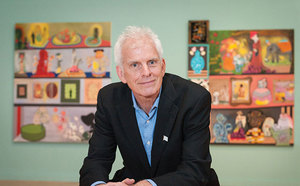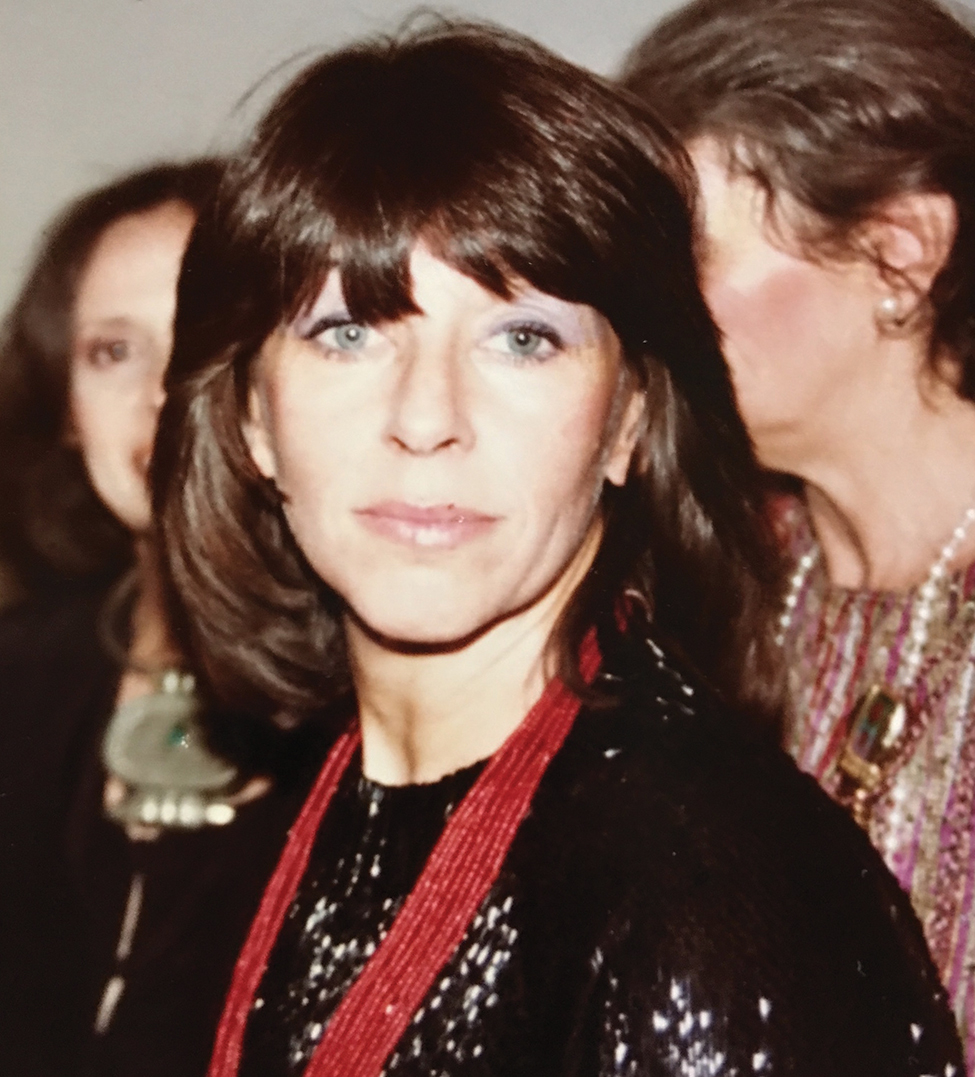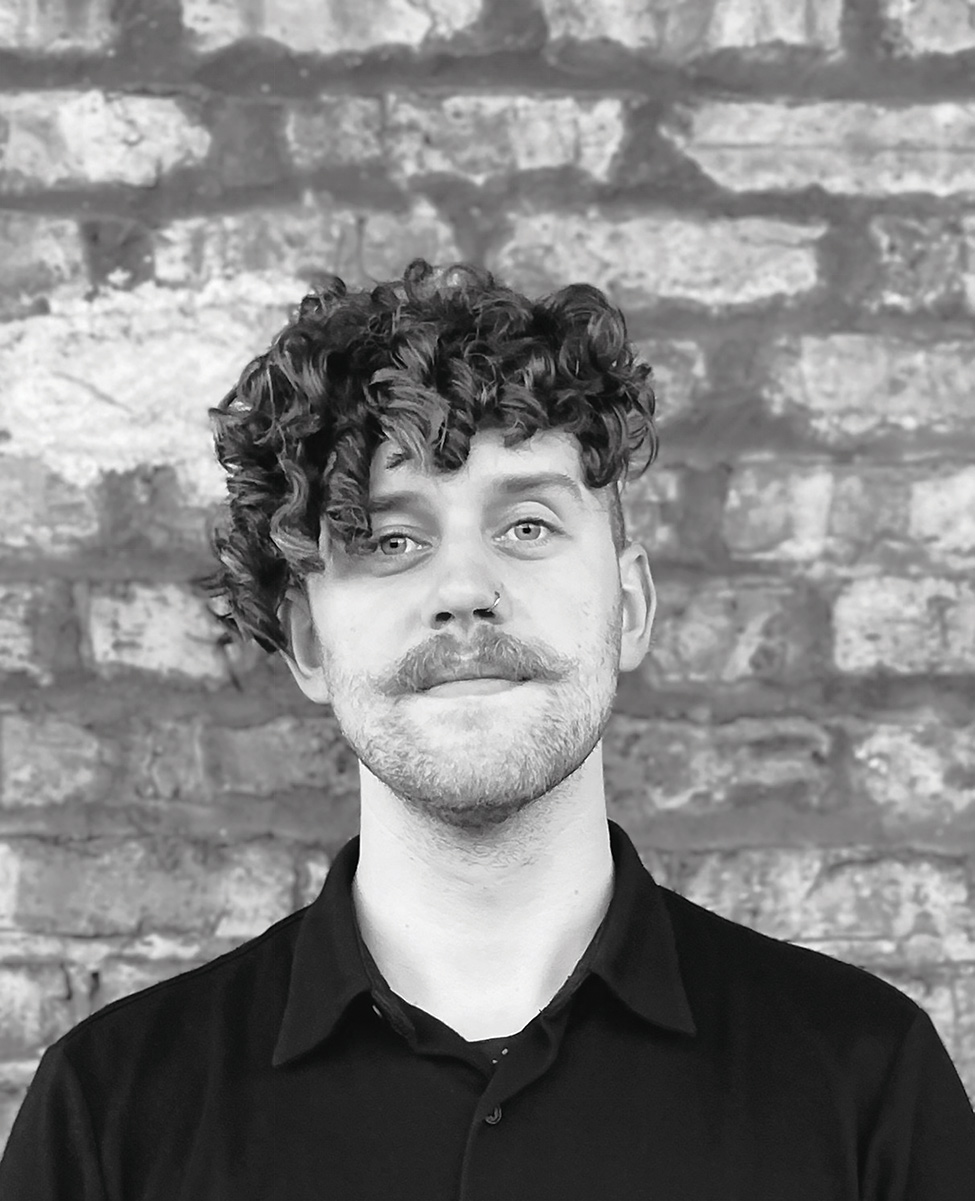Commissioner Mark Kelly: Chicago's Out-of-the-Box Culture Wizard on Public Art


By GINNY VAN ALYEA
On a summer morning, when the sky over Millennium Park is nearly black with storms, I notice several small, strange creatures perched among the high walls of Mark Kelly’s 3rd floor office in the Chicago Cultural Center. After Kelly introduces himself, he tells me that when he accepted the position of Commissioner of the City of Chicago’s Department of Cultural Affairs and Special Events in 2016, he first looked to the Visual Arts team for help hanging past public art proposals and exhibition posters salon-style around his office, since it needed, of all things, some art on the walls. Realizing I was still checking out the winged, dragon-like figures suspended in flight in the conference room, he tells me that they are actually part of his personal collection and were created by the Linares family (Mexico) and Erin Cramer (Chicago). They serve as the inspiration for the Wabash Avenue Flying Creatures project, which will soon feature many more of them, created by local teens, around the Loop. Kelly, it seems to me, is a man who can dig up forgotten treasure and summon exotic beasts, especially if he happens to be in the right place at the right time. For a moment I wonder if I am talking to a City administrator or a wizard.
Kelly’s frenetic creativity is driving his overhaul of all things cultural in the City of Chicago. He came to the job almost by accident, after decades embedded in a more or less deliberate and predictable academic life at Columbia College. He says he has never felt more untethered in his professional life, but that presiding over DCASE has given him surprising professional freedom, in a government position no less, to easily change the direction of a given project and to be nimble in the pursuit of creativity on behalf of the City and its citizens. One year into this unexpected job, he is embracing a host of initiatives , all in pursuit of giving art and culture to the public.
CGN: You’ve been [Commissioner of DCASE] for one year. How have things changed for you from your time at Columbia working with students and academics?
Mark Kelly: The world of academia and committees is a very laborious process. Here, of course, I have to live within a budget...It’s incredibly tight, and [with] some of the rules of engagement in the City you would say it’s hard to be nimble, but I feel like we, the DCASE staff, working with our partners, can think and do pretty freely. It’s actually a lot of fun.
CGN: Much of your past work has focused on youth and education. How has that influenced the directions you’ve taken at the City so far?
MK: I didn’t know it, but my time at Columbia was 32 years of preparation for this job. I became very knowledgeable and connected to the creative and cultural life of the city. And I’ve always been interested in, intrigued by and determined to create creative and cultural environments that inspire and demand one’s attention. If anything, this job now is just an extension of that idea, but with a canvas, if you will, that is huge.
CGN: You were working from the inside out before, and now you have to work from the outside in and take all those things and expand them for a wider audience.
MK: Well, the scale is different, but the thinking and the possibilities are quite similar. So, here I was, the architect for the Wabash Arts Corridor, and then I come into the Department of Cultural Affairs and Special Events. They’ve declared it’s the Year of Public Art, and it’s fair to say that when I entered, they were still figuring out plans for all the elements of the year. I’m a practitioner, not just an administrator, so it was like a gift to bring a little more focus and energy to the concept, and then to quickly start to try to energize a city; it was a fascinating beginning for me.
CGN: A lot has already taken place in the first half of 2017 for the Year of Public Art, but the second half sounds even more engaging.
MK: Several major cultural, public art and art initiatives are all coming together. There’s EXPO at Navy Pier, the Nick Cave Jeanne Gang mash up, if you will, at the Pier as well, and then of course the second edition of the Chicago Architecture Biennial opens at the same time. I’m very impressed with our curators and that we get to host an international event like this. Finally, we can’t share details yet, but by early fall we will announce a stunning new permanent public art piece in the Loop by a renowned Chicago artist.
CGN: What else is coming up?
MK: We launch our public art festival in October, as well as a public art symposium October 26-27, and our Flying Creatures will take over Wabash under the El. At the same time we’ll be celebrating the majority of Mayor Emanuel’s 50 x 50 neighborhood arts projects that will have been completed – we are literally putting new public art in every ward of the city by artists who are respected and esteemed. On top of all of that, we’re going to be releasing an ambitious and focused public arts plan. Hopefully we are setting our compass going forward so that public art is not celebrated for just a year. We hope we’ve grabbed everyone’s attention and laid the path to ensure that public art, which is always changing, becomes a defining characteristic of the city.
CGN: What do you think is significant about public art continuing to evolve and change and be created for a city?
MK: I want to reverse that question. The idea that the art should be anywhere but with the public, to me, is crazy. So much of our thinking about art takes us to the wall, or the screen, or the stage. It’s relegated to static places. I’ve always been fascinated by the idea that art, that creative impulses may be one of the definitions of what distinguishes us as a species. It needs to be present in our lives, all the time and everywhere. So public art becoming a defining characteristic means it’s no longer relegated to somewhere over there, it’s centered. Does it save us? Does it necessarily make us a safer city? No. But it’s just fundamental. It brings things to light, and it brings surprises in our daily lives. The most powerful example of it is Millennium Park. None of us ever imagined the power of that space and the interactive public art at the highest level. I mean look at [Anish Kapoor’s Cloud Gate] “The Bean” – the public is not saying ‘Oh look at this great public art piece,’ they’re pulled into the vortex of the images; it’s a funhouse mirror as well as a selfie zone that always changes. I love the [Jaume Plensa] Crown Fountain in that it was intended to be a place of contemplation. The artist saw it as a place for serene moments of private reflection. And then the kids grabbed it, and it’s the coolest, most energizing, fun space. Even the Picasso – once they removed the barriers it became a slide for kids. So this is a long-winded answer, but art needs to be public. Art is now defined as part of what makes a city great. The artistry and the design around us, that built environment takes us somewhere.
CGN: It seems that it’s not just putting art in the public space, it’s really turning it over to the public.
MK: Well, that’s the other part of this. The definition of what we consider to be public art has so radically changed from the carefully placed monuments of the past. All of those still have their place, and should continue, but now the graffiti artist and the street artists grow a movement. They raise the question, ‘Why should walls have art on them?’ and ‘Who said the barren landscape couldn’t be remade?’ Now many people love the power of street art. Ten years ago, 15, 20 years ago it was the scourge of this city and all cities. The “urban wasteland” actually just inspired artists, and then they were schooled on the street, and they taught us something.
CGN: What was the inspiration for the year of public art in Chicago?
MK: The idea came from Mayor Emanuel, who announced it along with Yoko Ono’s Skylanding sculpture in 2015. 2017 is also the 50th anniversary of the Picasso, as well as the Wall of Respect mural, so he said ‘This is going to be the year of public art’, and then it was sort of out there. How fortuitous that’s when I just happened to arrive here. I’m a little insane and wrongheaded, and we committed to this idea and ran hard with it. It’s the power of a phrase or a unifying principle.
CGN: How do you continue the unity that has come out of the Year of Public Art?
MK: Next year is going to be the Year of Creative Youth, because we are rallying all of our organizations that can engage young people in creative ways in order to encourage more youth to go down an artistic path. Obviously this flows right from public art. What better way to engage young adults? They don’t want to be in non-violence programs, what is that? They want to be inspired and engaged, period. One of the most powerful ways to do that is through creative forms and practice.
CGN: That must bring in a whole other circle of cultural institutions, beyond the visual arts.
MK: In Millennium Park we’re going to have Chicago’s first ever Creative Youth Festival; I hope it becomes an annual event. It’s going to be all forms – fashion, design, performance, spoken word, music and dance. The tagline is going to be “Born Creative.” I’m going full circle to my work at Columbia, because the heart of my efforts there was to inspire young adults who have decided to pursue a creative field to be fearless. Now we also want to encourage all young adults to be creative somewhere in their life.
CGN: Is there a plan for how these organizations will get more youth involved in their programs? How do you bring in people who have not done something like this yet?
MK: We haven’t quite figured that out, but I’ve been amazed at the strength of organizations here supporting creative youth, whether it’s Louder Than a Bomb, Marwen, After School Matters, YOUMedia, SkyART – it’s amazing. We need to better appreciate them. Let’s put a spotlight on them – celebrate it and make it known. Then we can draw more youth into these programs. We will it figure out.
CGN: Are you ever not connected to this job? Or is this twenty-four hours a day, everything that’s on your mind?
MK: It’s twenty-four hours a day, everything that’s on my mind. Everything here in the city is a giant new canvas.
Photo by Patrick Pyszka. Paintings by Phyllis Bramson.






